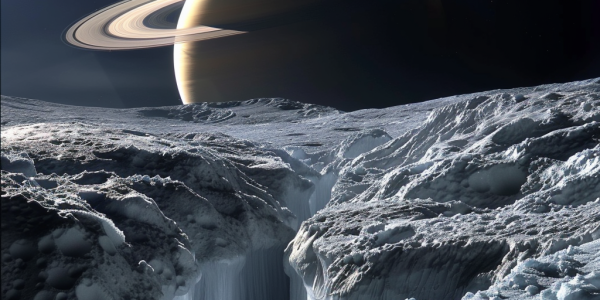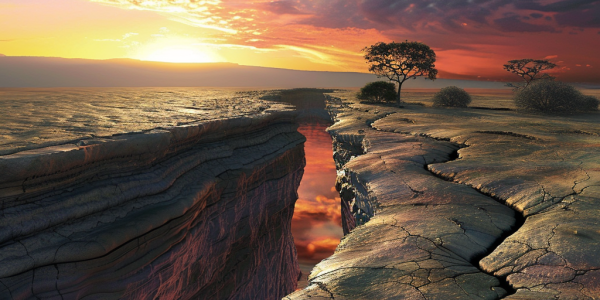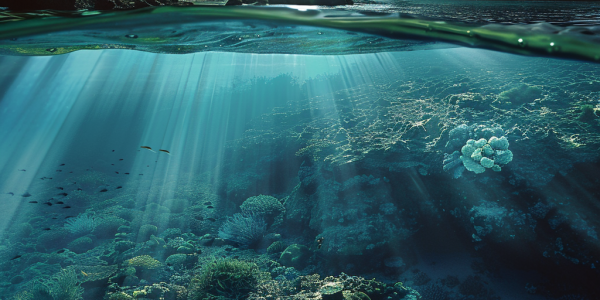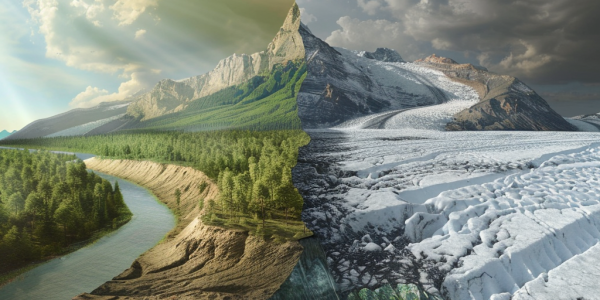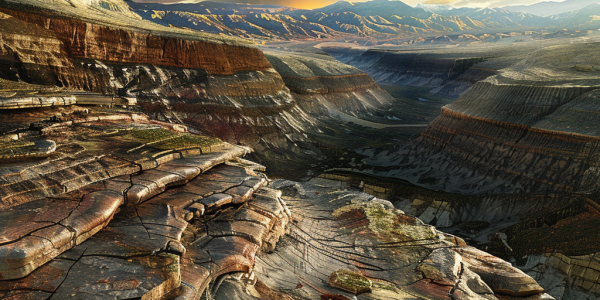Enceladus’ Mysterious Dark Spot Sparks New Life Search Insights
Saturn’s moon Enceladus, with its intriguing subsurface ocean and active geysers, is at the forefront of astrobiological research. Recent findings about a mysterious disappearing dark spot have sparked scientific curiosity, raising questions about its connection to the moon’s potential to support life. As researchers analyze these phenomena, Enceladus remains a key target in the search for extraterrestrial life.
Scientists Discover Formation of Earth’s Sixth Ocean in East Africa
Scientists have discovered the potential formation of Earth’s sixth ocean due to tectonic plate movements in East Africa. This geological phenomenon, driven by the separation of the African, Arabian, and Somali plates, could transform the continent’s geography and economy, impacting landlocked countries and creating new marine habitats. Advanced GPS technology is enabling precise tracking of these changes, offering insights into Earth’s dynamic processes and the future of global geology.
Significant Crustal Losses During Mountain Formation Revealed by New Research
Recent research reveals that significant portions of continental crust may have been lost to the mantle during the formation of major mountain ranges, including the Himalaya-Tibetan Plateau, European Alps, and Zagros Mountains. Led by Dr. Ziyi Zhu from Monash University, the study published in Earth and Planetary Science Letters quantifies this loss, highlighting that up to 64% of the crust in the Zagros Mountains and 50% in the European Alps may have been destroyed. Understanding these geological processes is crucial for interpreting Earth’s tectonic history.
New Model Reveals Deformation Mechanisms of North China Craton
A recent study published in Nature Geoscience reveals the geodynamic mantle-flow model explaining the deformation of the North China Craton (NCC). Led by Professor Shaofeng Liu, the research uncovers the impact of the Izanagi plate’s subduction on NCC’s decratonization, offering insights into tectonic interactions and implications for seismic hazards in Northeast Asia.
Africa’s Gradual Split: A Geological Marvel Unfolding Over Millions of Years
Africa is slowly splitting apart due to the East African Rift System, a geological process that will take millions of years to unfold. This fascinating rifting phenomenon, while not an immediate threat, has significant implications for the continent’s future landscape. As tectonic plates move, scientists study these changes to understand Earth’s dynamic nature and long-term geological evolution.
Ancient Zircon Discovery on Easter Island Challenges Volcanic Activity Understanding
Recent research from Colombia’s Universidad de Los Andes reveals that zircon minerals on Easter Island date back 165 million years, challenging existing geological timelines. Led by geologist Yamirka Rojas-Agramonte, this groundbreaking study suggests a more complex history of volcanic activity and Earth’s mantle dynamics, reshaping our understanding of hotspot volcanoes and their formation.
Arkansas Discovers Major Lithium Reserves, Boosting Global Supply Potential
Arkansas has discovered substantial lithium reserves, estimated between 5 to 19 million tons, potentially transforming its role in the global lithium market. This finding, centered in the Smackover Formation, highlights a shift towards renewable energy resources essential for electric vehicle batteries. Major companies are exploring advanced extraction methods, aligning with national initiatives to boost domestic production of critical minerals. The implications for local economies and the energy sector are significant as Arkansas positions itself as a key player in sustainable energy solutions.
Unveiling Zealandia: The Hidden Submerged Continent of the Southwest Pacific
Discover Zealandia, the submerged continent of the southwest Pacific, recently mapped by geologists revealing its rich geological history and significance. Spanning over 5 million square kilometers, Zealandia challenges our understanding of continental formation and offers insights into ancient landscapes and Earth’s evolution. Learn more about this hidden landmass and its geological mysteries.
Stanford Research Reveals Puzzling Sediment Absence During Eocene-Oligocene Climate Transition
Recent research from Stanford University reveals surprising insights into the Eocene-Oligocene transition, a significant climate shift 34 million years ago that led to the formation of Antarctic ice sheets and global sea level decline. Despite expectations of extensive sediment deposition, researchers found little to no sediment at continental margins, challenging existing models of sediment dynamics. This study highlights the need for deeper understanding of Earth’s climatic history and its implications for current climate change.
New Research Challenges Stability of Earth’s Ancient Cratons
Recent geological studies reveal that Earth’s ancient crust, known as cratons, is undergoing significant changes, challenging long-held beliefs about their stability. Research on the North China Craton highlights dynamic processes leading to ‘decratonization,’ reshaping our understanding of geological stability and the evolution of Earth’s crust.

